
Privacy statement: Your privacy is very important to Us. Our company promises not to disclose your personal information to any external company with out your explicit permission.
Researchers around the world have regularly launched new 3D printer, this article will introduce you to this new experiment Clemson University in South Carolina, United States, Clemson University researchers are currently working on a new 3D printing technology , which involves rapid laser processing, a process that converts electrical energy into hydrogen to store energy. Have to say that this may be another new area of 3D printing technology!
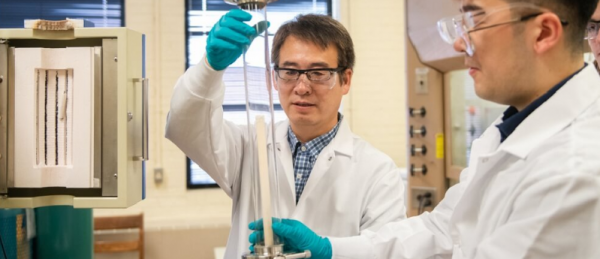
Why study this project? How does it help us in our future life? Next, let's take a look at the problem below to see how to explain.
Why study this project?
The researchers studied the project to create a viable energy storage system that would provide people with sustainable clean energy. According to the study, with their 3D printing and laser processing technology, these researchers were able to create a so-called "proton ceramic cell stack." In fact, these cells can be used to store energy from solar and wind energy. The new technology developed by Clemson researchers also offers new opportunities for 3D printing technology.
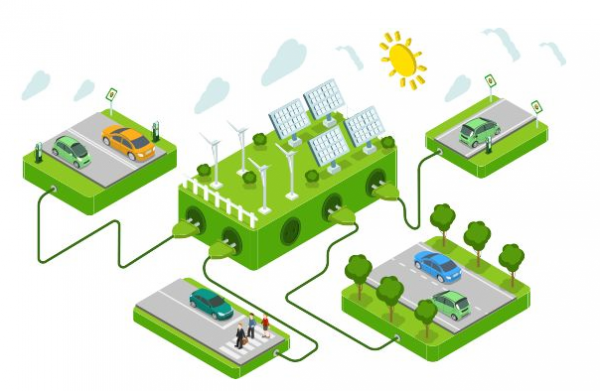
Of course, it is quite difficult to study this project. The electrolyzer needs four different types of ceramics, which makes the process very complicated. Each ceramic needs to be sintered, and each ceramic material needs to be sintered at different temperatures. This is the most serious challenge that the research team will face.
The project is led by Jianhua “Material Science and Engineering Professor” “Joshua” Tong. His goal is to take 3D printing technology to the next level. The professor has received $1.6 million in research funding from the US Department of Energy's Office of Energy Efficiency and Renewable Energy.
What are the advantages of this new technology?
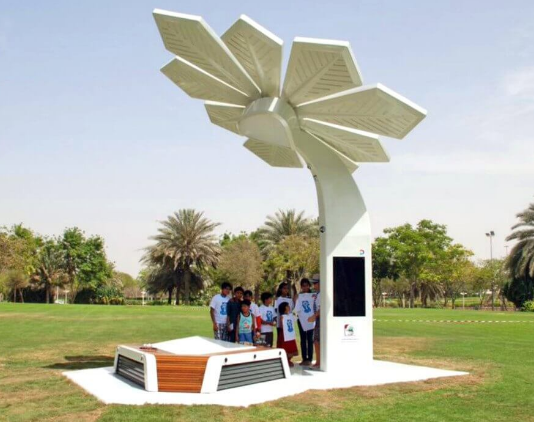
Jianhua “Joshua” Tong explained that this new laser 3D printing technology will reduce the cost and time of manufacturing high-pressure electrolysis cells. It is also a solution to reduce hydrogen production costs by half, and it can also reduce equipment size. For him, the same technology can be applied to 3D printing other types of ceramic products, such as batteries and solar cells.
Jianhua “Joshua” Tong explained that the design of the car fuel cell stack can be sent by e-mail to factories around the world and can be printed in a few hours instead of waiting for days or weeks to deliver.
How does this new technology help our lives?
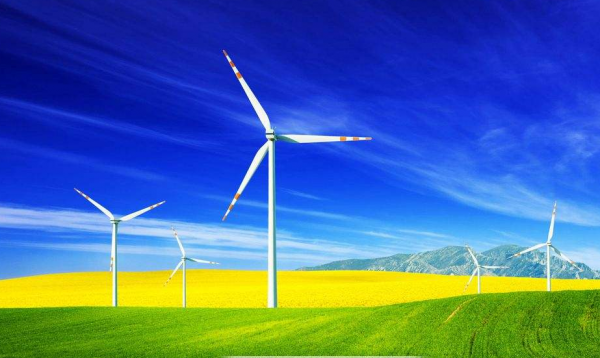
Additive manufacturing can help develop new energy sources that can be implemented in the manufacturing process of equipment we already know, such as wind or gas turbines. In the previous article we have seen several projects that use 3D printing to create energy. For example, the use of this cutting-edge technology has provided customized services for solar panels, new batteries, wind turbines and gas turbine components.

Even 3D printing can bring an incredible project related to energy storage – 3D printed battery components. Researchers at Manchester Metropolitan University and University of Chester, and China Central South University, use graphene materials to print disc electrodes. With the development of 3D printed battery components, we can see that this technology will work for us in the future. Great convenience.
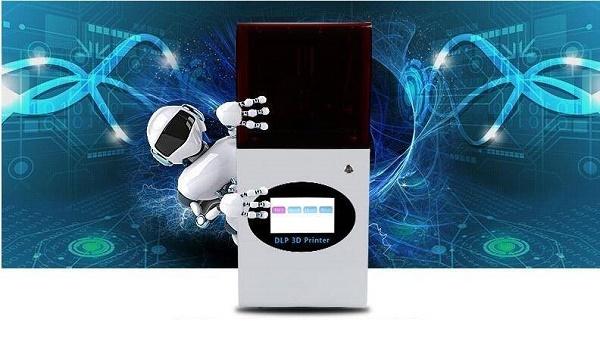
Source: Creative 3D
Author:
Mr. WeiFeng Zhang
Phone/WhatsApp:
+8618037058088
Письмо этому поставщику
Author:
Mr. WeiFeng Zhang
Phone/WhatsApp:
+8618037058088

Privacy statement: Your privacy is very important to Us. Our company promises not to disclose your personal information to any external company with out your explicit permission.

Fill in more information so that we can get in touch with you faster
Privacy statement: Your privacy is very important to Us. Our company promises not to disclose your personal information to any external company with out your explicit permission.